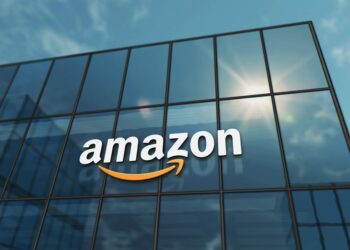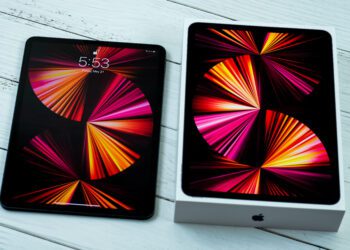While significant monetary investment has been made toward bridging the digital divide, its persistence warrants an alternative approach. Getting to broadband for all opens a world of opportunities for underserved individuals and spurs US economic growth, says Deloitte.
The COVID-19 pandemic has placed the US economy at another pivotal moment when economic prosperity depends on reliable, affordable, and fast broadband for all. The pandemic forced much of the US population to trade classrooms, offices, and conference rooms for at-home screens, and many Americans were left stranded by inadequate or unaffordable access to internet connectivity or devices.
This “digital divide” was first noted more than 25 years ago as consumer communications needs shifted from landline voice to internet access. The economics of broadband spawned availability, adoption, and affordability disparities between rural and urban geographies and between lower- and higher-income segments. Today, the digital divide still presents a significant gap after more than $100 billion of infrastructure investment has been allocated by the US government over the past decade to address this issue. The current debate regarding additional funds for broadband deployment implies that further examination is warranted regarding how to get to broadband for all and achieve the resulting economic prosperity.
Quantifying the economic impact of bridging the digital divide clearly shows the criticality of broadband infrastructure to the US economy. Deloitte developed economic models to evaluate the relationship between broadband and economic growth. Our models indicate that a 10-percentage-point increase of broadband penetration in 2016 would have resulted in more than 806,000 additional jobs in 2019, or an average annual increase of 269,000 jobs. Moreover, we found a strong correlation between broadband availability and jobs and GDP growth. A 10-percentage-point increase of broadband access in 2014 would have resulted in more than 875,000 additional US jobs and $186B more in economic output in 2019. The analysis also showed that higher broadband speeds drive noticeable improvements in job growth, albeit with diminishing returns. As an example, the gain in jobs from 50 to 100 Mbps is more than the gain in jobs from 100 to 150 Mbps.
The findings suggest further analysis is warranted before setting too high a threshold for broadband speeds (both uplink and downlink). Doing so could discourage investment in promising new technology that doesn’t yet meet predetermined thresholds but offers potential cost and rapid deployment advantages over today’s solutions. Furthermore, innovative solutions can help spawn a competitive broadband environment that improves affordability of broadband for all households. Overly stringent mandates on speed, on the other hand, run the risk of ruling out these innovations before they gain a market foothold.
Stakeholders should focus on several considerations as they move forward.
- Place a renewed emphasis on adoption and affordability by ensuring consistent user experiences, analyzing trade-offs between delivering higher speeds and innovative new technologies, and seeking diverse solutions for unique, underserved geographies.
- Segment underserved US geographies into more granular categories that recognize the vastly different coverage and affordability needs of underserved geographies.
- Incorporate the expected growth in broadband consumption into future investments and programs by utilizing subscriber data (e.g., running an FCC speed test).
- Bridging the digital divide will likely require public or private investment in the country’s communications infrastructure including both wireless and wireline. Regardless of the specifics of the investment, these guiding principles can help yield immediate gains in providing affordable access to underserved segments of the population and move the nation closer toward broadband for all and bridging the digital divide.
Read the full report here.












